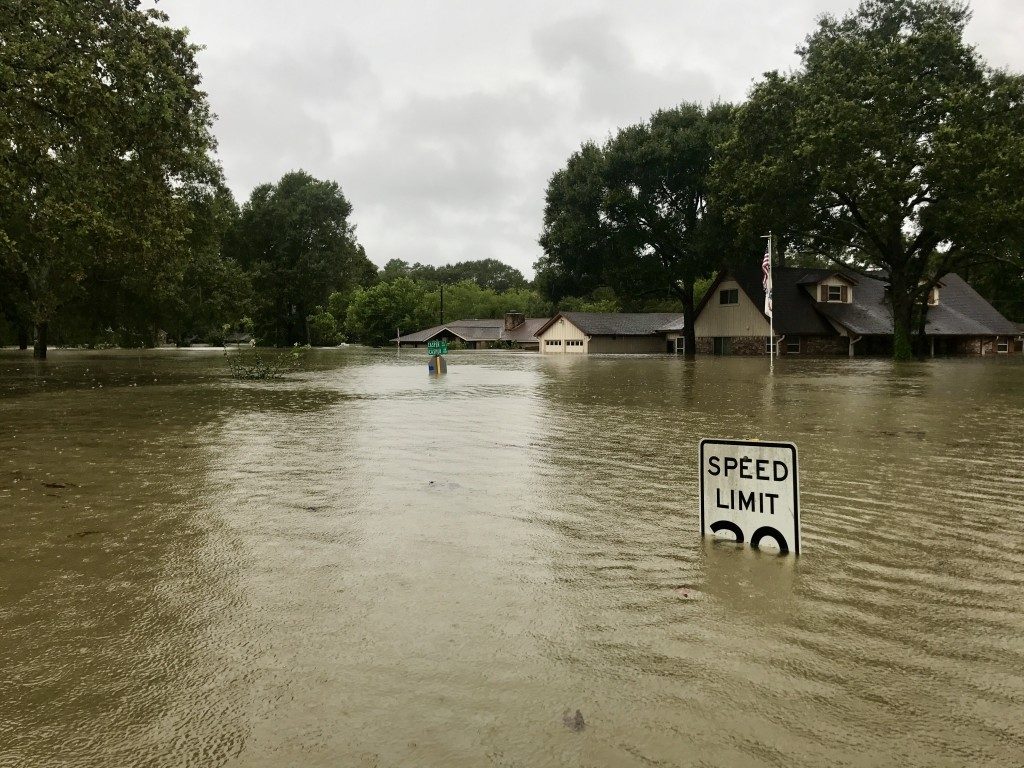There is no telling what will happen in the future. The predictions we make are only intelligent guesses backed up by data and research. And when it comes to emergency preparedness, our predictions may mean life or death. So the question now is, are we ready for the things that may come in the future?
Again, there is no way to tell what disasters will come our way. We can only prepare for such instances in the best way that we can. The Chaos Theory or the Butterfly Effect makes sure of that. In a nutshell, it explains that everything, no matter how small or insignificant it may be, leads to another and another until there is one big thing. This could be why it is so hard to accurately predict a major disaster.
Here is why and how you should prepare for any reasonable type of emergency out there.
Identify Potential Threats
There is no point in preparing for something if you do not know what it is. Everybody’s threat model is different from one another. So, make sure you know what your potential threats are.
For example, if you live in a low-lying area, perhaps flooding or landslides may be something you should be wary of. Or, if you live in a crime-ridden neighborhood, you should watch out for thieves and pickpockets. Even something like getting mauled by a wild animal is not out of the question. As long as you see it as a possibility in your future, you should not knock it out just yet.
However, this does not mean that you should prepare for anything that you can think of. You might end up in a rabbit hole of anxiety by doing so. Pick your battles carefully whenever preparing for it.
Search for Potential Solutions

Once you have identified your potential threats, the next step is to search for possible solutions to them. Some may be easy to do than others. For example, if you feel like soil erosion may be a problem in your hometown in Utah, you can look for erosion control mats.
Some problems are harder to control, such as storms, earthquakes, and hurricanes. But there are still ways to get around such potential threats. Having a go-bag ready in your car or in your home is crucial for such situations.
Instead of having to endure the disaster, you can always leave and find shelter elsewhere. The contents of the bag should be enough to protect and feed yourself for up to three days. Some bags are even fitted to last for up to a week. In your bag should be your personal effects, medications, clothing, food, and water. It should also contain a flashlight and phone charger.
Emergency preparedness starts with the identification of potential threats. And then it ends once you have found possible solutions to each one. Will we ever be ready for such events in the future? No. But it is worth trying to prepare than not doing anything at all.

